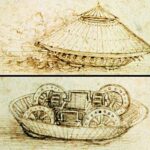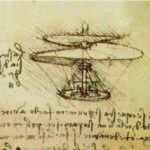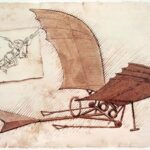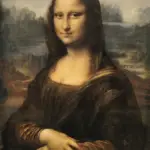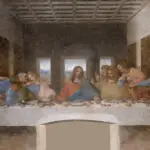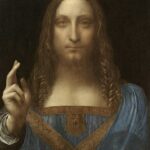Giovanni Bellini (c. 1430-1516) was an Italian Renaissance painter, considered one of the most important members of the Venetian school of art. He was one of the first artists to use oil paint, which allowed him to create rich, luminous colors and a greater sense of depth and realism in his paintings.
Bellini was born in Venice, Italy, around 1430. He was the son of Jacopo Bellini, a well-known painter and teacher, and he began his artistic training in his father’s workshop. His earliest known works are from the 1450s, and show the influence of his father’s style.
Giovanni Bellini Paintings
In the 1470s, Bellini began to establish himself as a successful painter in Venice. He was commissioned to paint altarpieces for churches, and also painted portraits and mythological scenes for private patrons. He was also a member of the prestigious painter’s guild, the Scuola dei Pittori.
Bellini began to experiment with oil paint, which was a new medium at the time (1480s). He was one of the first Italian painters to use this medium, which allowed him to create rich, luminous colors and a greater sense of depth and realism in his paintings. His use of oil paint was a major influence on the development of the Venetian school of art, and he is considered one of the pioneers of the technique.
Another hallmark of Bellini’s art is his attention to detail. He was known for his ability to capture the subtle nuances of light and shadow, and for his ability to create a sense of realism in his paintings. He was also known for his ability to create a sense of movement and gesture in his figures, which gives his paintings a sense of realism and immediacy.
Giovanni Bellini Artworks
Bellini’s use of religious themes was also notable. He was one of the first painters to focus on religious themes and his use of these themes is considered one of the hallmarks of the Venetian school of art. He often painted scenes from the life of Christ, such as the Christ Blessing, Madonna and Child, The Feast of the Gods, San Zaccaria Altarpiece, St. Mark Preaching in Alexandria, and also painted saints and angels.
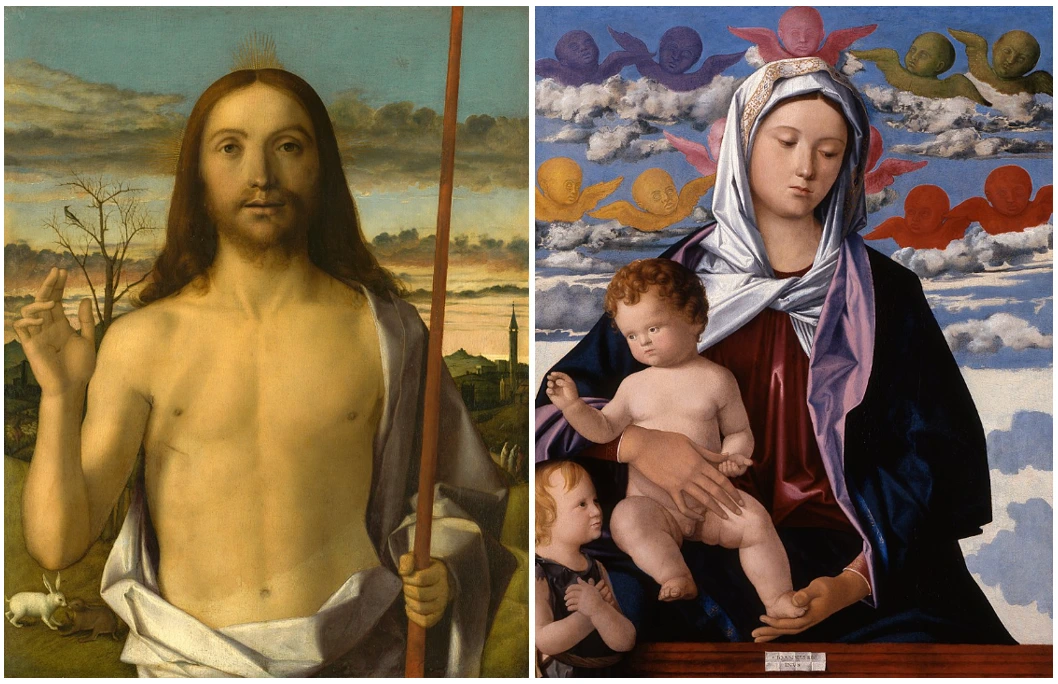
Christ Blessing (1490-1500, left) and Madonna and Child (1509, right)
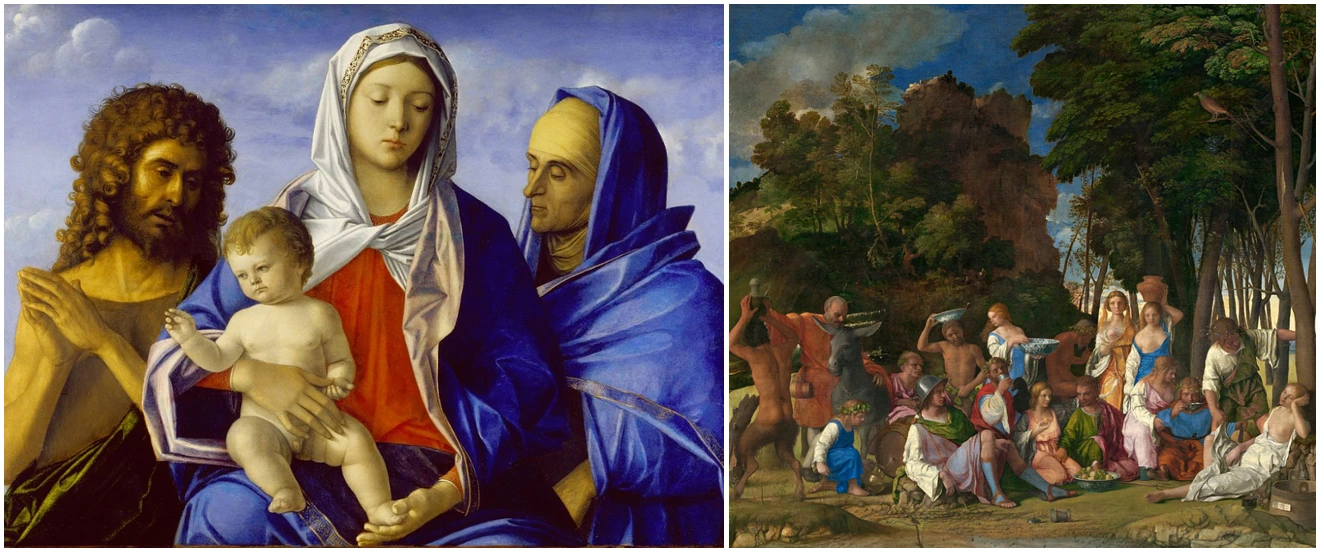
Madonna and Child with John the Baptist and Saint Elizabeth (1504, left) and The Feast of the Gods (1514, right)
Bellini died in Venice in 1516. He was highly regarded in his lifetime and his works were widely admired. He was also a teacher and had many students, one of the most famous being Giorgione, who continued his legacy. Today, Bellini is considered one of the greatest painters of the Renaissance period and his works are widely admired and studied.
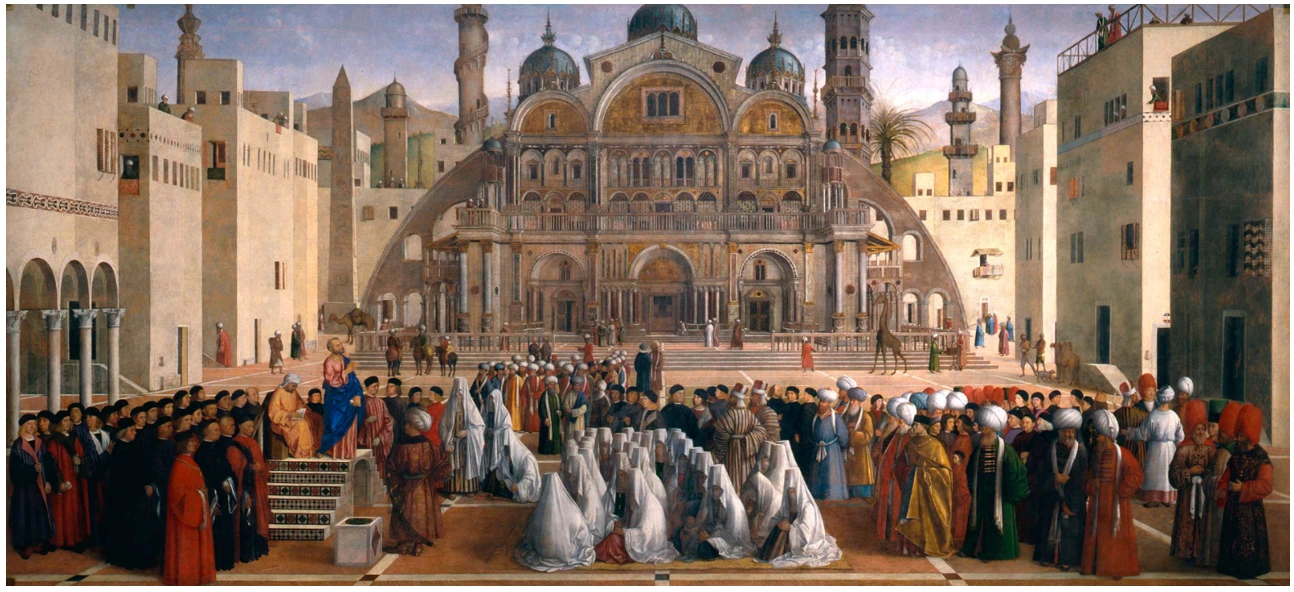
St. Mark Preaching in Alexandria (1504-1507)
